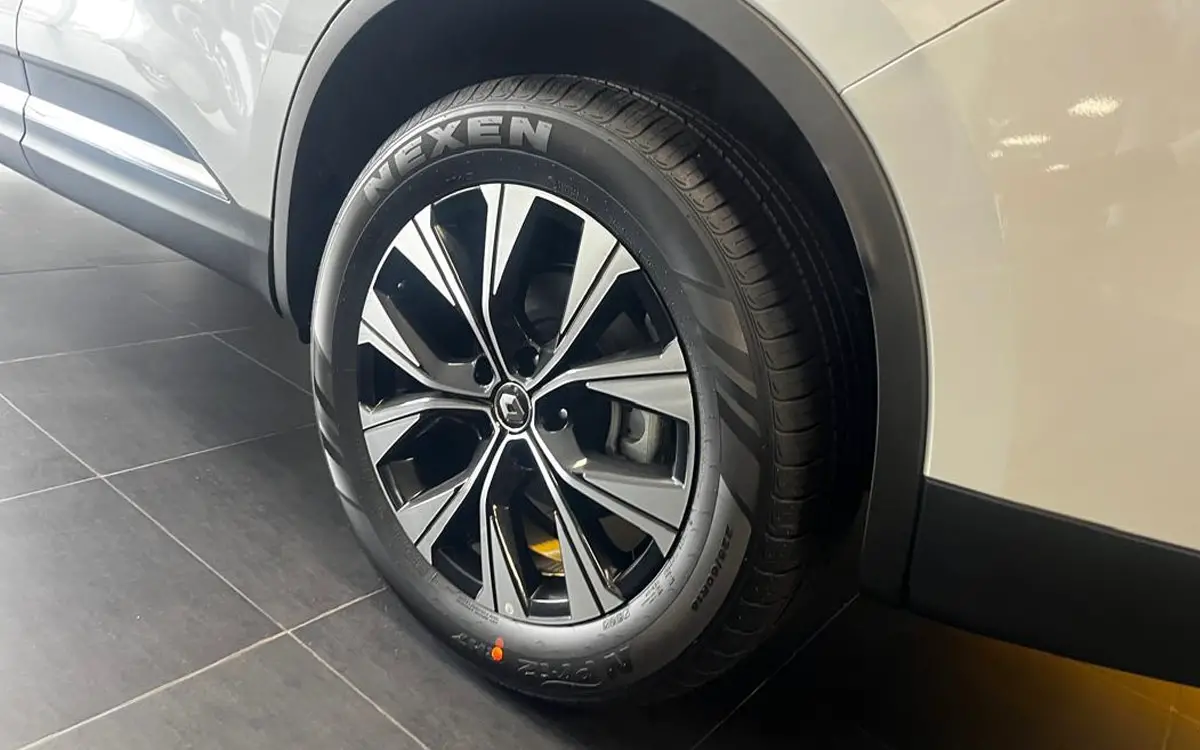If you’ve just replaced your tires, congratulations! Driving on new tires is a great feeling. But are you wondering how long you can go before getting an alignment? In this article, we will answer the question “How long can you drive on new tires without alignment” and more. We’ll also discuss the importance of getting an alignment and provide some tips to help you keep your new tires in good condition.
To answer the question “How long can you drive on new tires without an alignment?” Most mechanics will tell you that it’s best to get an alignment as soon as possible after getting new tires, but if you can’t get an alignment right away, you can drive on your new tires for a little while.
I will not recommend you to drive on your new tires for more than 500 miles without an alignment, though because your tires might start to wear out again and it will cause more damage to your car in the long run.
Wheel alignment is an important part of car maintenance and should be done regularly, especially if you’re experiencing any of the signs mentioned earlier. Not only does it help improve the handling and steering of your car, but it also helps to save money in the long run by preventing further damage to your tires and car. If you’re experiencing any of the signs mentioned earlier, don’t wait – take your car in for an alignment today!
What is wheel alignment?
Wheel alignment is referred to as the breaking or realignment of the angles of your car’s wheels. When your car is out of alignment, It is done to improve the handling and steering of your car and can cause a variety of problems, including uneven tire wear, steering wheel vibration, and pulling to one side or the other.

How does the wheel alignment work?
Wheel alignment works by adjusting the angles of your car’s wheels. This is done by manipulating the camber, caster, and toe angles of your car’s wheels. Doing so can help to improve your car’s handling and steering. The camber and caster are aligned in a way that causes the wheels to roll in a straight line. The toe is aligned so that the front and rear of your car’s tires are pointed in the same direction.

Reasons for wheel alignment
The main reasons why you should adjust the angles of your car are:
Saves money and improves steering and handling
Regularly checking to make sure your tires are at a perfect angle, will help reduce further damage to tires and other parts of the car and save you a lot of money in the long run. When your car’s wheels are in alignment, it can help to improve the steering and handling of your car. This is because when all of the angles are aligned, it allows your car to move in a straight line.
Signs for wheel Alignment
There are a few times when you should get an alignment for your vehicle.
1. Uneven wearing of tires
The first sign you might notice is the uneven wearing of your tires because they aren’t aligned correctly, one side of your tire will be worn down more than the other.
2. Steering wheel vibration
Another sign you might experience is steering wheel vibration. This is usually caused by an unaligned front end. When your car isn’t aligned correctly, it can cause the wheels and tires to move independently from each other, which in turn, will cause the steering wheel to vibrate.
3. Pulling to one side or the other
Again, you might experience your car pulling to one side or the other (more to the right or more to the left). This happens when your car isn’t aligned correctly and one side of your car is trying to drag itself down the road while the other side is fighting against it.
4. Excessive tire wear
Another sign is that your tires would wear out quickly. If you’re noticing that your tires are wearing out faster than normal it means it is time to check your alignment.
5. Squealing of tires
Finally, when you are making simple turns and realize your tires are squealing it simply means your tires are rubbing against the surface and need to be aligned before it causes more damage.
If you’re experiencing any of the signs mentioned earlier, it’s time to take your car in for an alignment. Uneven tire wear, steering wheel vibration, and pulling to one side or the other are all signs that your car needs an alignment.
How to keep your new tires in good condition
Now that you know how long you can drive on new tires before getting an alignment, it’s important to know how to keep your new tires in good condition. Here are a few tips:
1. Regularly check your tire pressure
One of the easiest ways to keep your tires in good condition is to make sure that your tire pressure is correct. Driving on underinflated or overinflated tires can cause them to wear out prematurely. You can find the recommended PSI for your vehicle in the owner’s manual.
2. Rotate your tires every six months
Another way to keep your tires in good condition is to rotate them every six months. This will help distribute the wear and tear evenly across all of your tires.
3. Avoid potholes and debris on the road
If you can avoid it, try to avoid driving over potholes and debris on the road. These can cause bad alignment and in turn, cause damage to your tires and lead to premature wear.
4. Keep your car properly maintained
Making sure that your car is properly maintained will also help keep your tires in good condition. This includes changing the oil regularly, keeping the brakes and suspension in good working order, and using the right type of fuel.
Conclusion
Now that you know how long you can drive on new tires before getting an alignment and some tips for keeping your tires in good condition, you can rest assured that you’ll be driving safely and smoothly on your new tires. If you’re experiencing any of the signs mentioned earlier, don’t wait—take your car in for an alignment today!
Thanks for reading!

